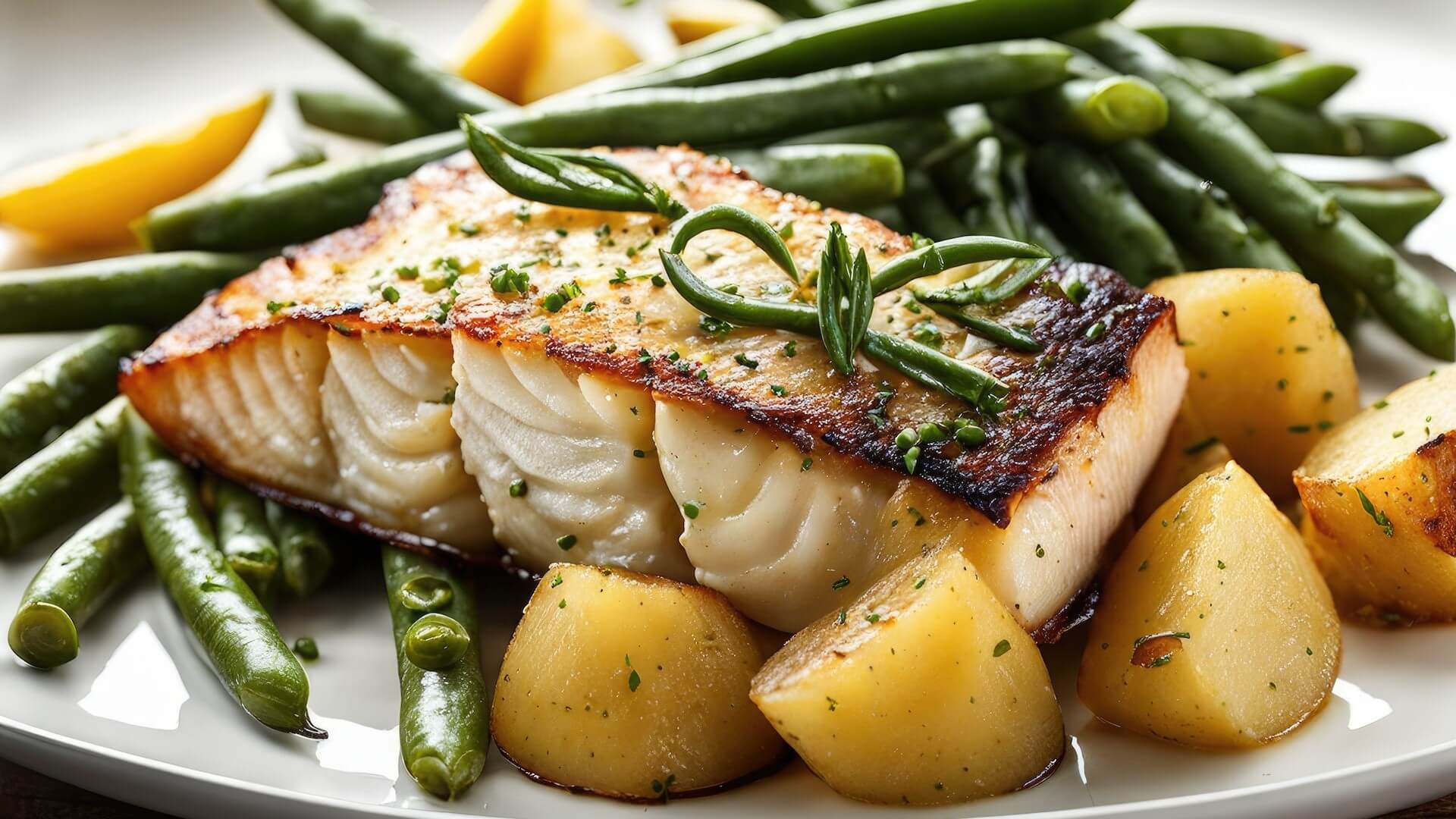Savoring the Delicious Flavors of Portugal’s Douro Valley
The Douro Valley in Portugal is a place of enchanting landscapes, ancient vineyards, and world-renowned wines. But beyond the breathtaking views and exceptional vintages, you can discover a culinary treasure trove. In this article, we embark on a flavorful journey through the Douro Valley, uncovering the rich tapestry of dishes and delicacies that define the region’s gastronomy. From the savory aromas of Bacalhau to the sweet indulgence of Bolo de Amêndoa, we’ll savor the flavors of Portugal’s Douro Valley.
Bacalhau
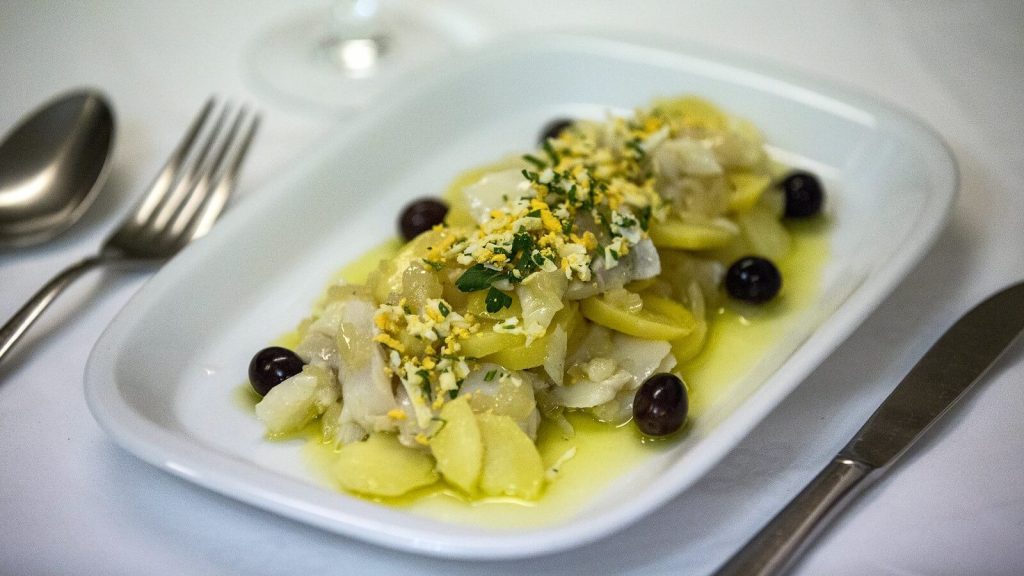
No exploration of Douro Valley cuisine can begin without a nod to the iconic Bacalhau. This salted codfish holds a special place in the hearts of Portuguese people, and its preparation is an art form. In the Douro Valley, you’ll find Bacalhau dishes that have been perfected over generations. “Bacalhau à Gomes de Sá” is a timeless classic, featuring layers of salted cod, potatoes, onions, and eggs. The secret lies in the seasoning, a blend of olive oil, garlic, and parsley that elevates this humble fish to extraordinary heights. This dish speaks to the heritage of Portugal’s fishing culture, where preserving cod in salt was essential for long sea voyages.
Meats
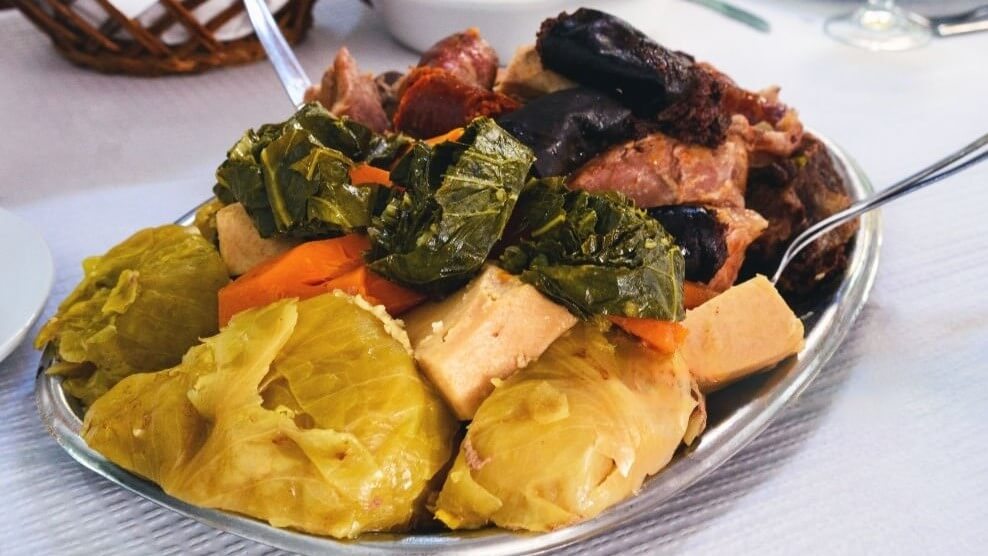
The Douro Valley’s culinary repertoire extends to meats, with a focus on hearty stews and grilled indulgences. “Cozido à Portuguesa” is a beloved Portuguese stew, brimming with various meats like pork, sausages, and vegetables. This warming dish is perfect for the region’s cooler months, offering a taste of comfort and tradition. They simmer a medley of meats, combined with vegetables, until they are tender and then serve them with rice. It’s a soul-warming dish that embodies the notion of comfort food.
For those who appreciate grilled meats, the “Francesinha” is a must-try. This decadent sandwich consists of different meats, cheese, and a spicy sauce that will delight your taste buds. It’s a true embodiment of the region’s love for robust and flavorful cuisine. Often accompanied by a rich tomato and beer sauce, the Francesinha is a delicious and indulgent creation that originated in the nearby city of Porto and has become a beloved dish in the Douro Valley.
Sausages
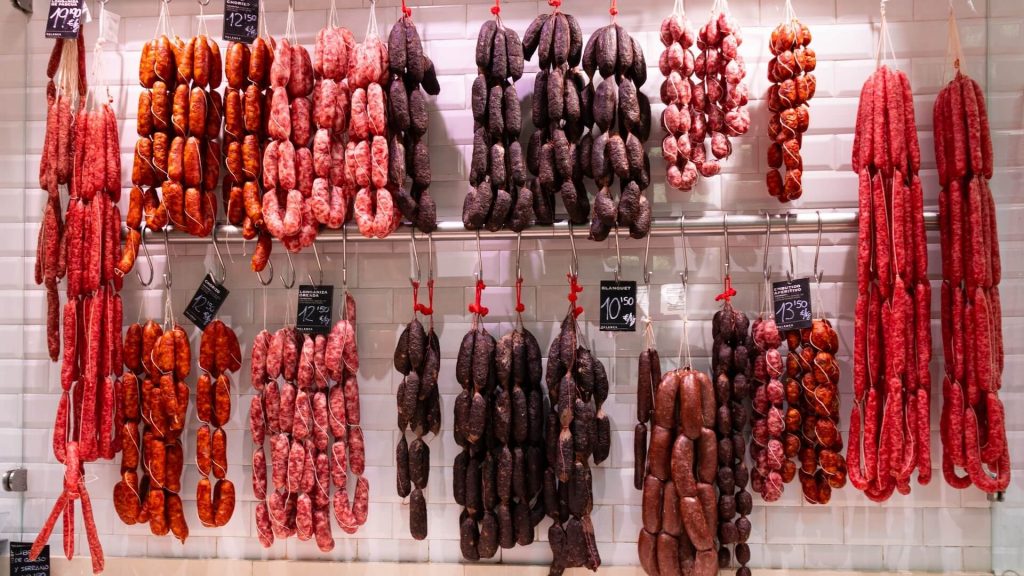
Sausages are a key element of Douro Valley cuisine, adding a smoky and savory dimension to many dishes. “Chouriço” and “Morcela” are commonly used in local recipes, imparting depth and complexity to the flavors. These sausages, often made with a blend of pork, garlic, and spices, are staples in the Douro Valley kitchen. You’ll find them featured in stews, grilled dishes, and even as a standalone appetizer, accompanied by crusty bread and olives. The distinct smokiness of Chouriço, a pork sausage seasoned with paprika and garlic, infuses its flavor into the dishes it graces. Morcela, on the other hand, is a blood sausage with a richer, earthy taste, often complemented by sweet or spicy flavors depending on the region.
Rice Dishes
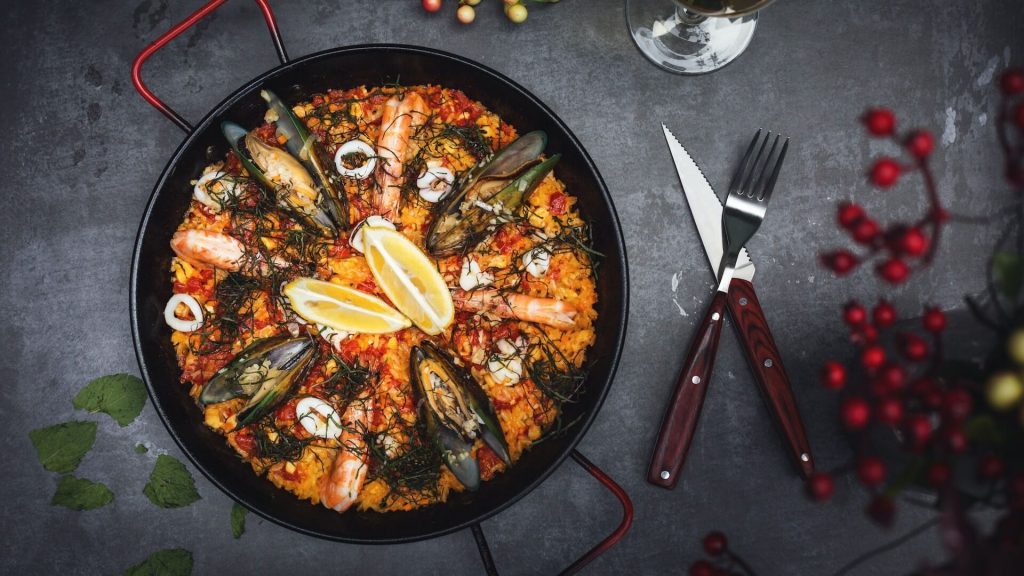
Rice is a versatile ingredient in Portuguese cuisine, often paired with a variety of proteins and ingredients. In the Douro Valley, “Arroz de Marisco” stands out. This seafood rice dish is a symphony of flavors, featuring shrimp, clams, mussels, and more, all cooked with rice in a flavorful broth. The result is a dish that captures the essence of the region’s proximity to the sea, creating a delightful harmony of seafood and rice. This dish not only highlights the seafood-rich diet of the Douro Valley but also showcases the creative combination of various seafood types with rice, creating a savory and aromatic masterpiece.
Olive Oil
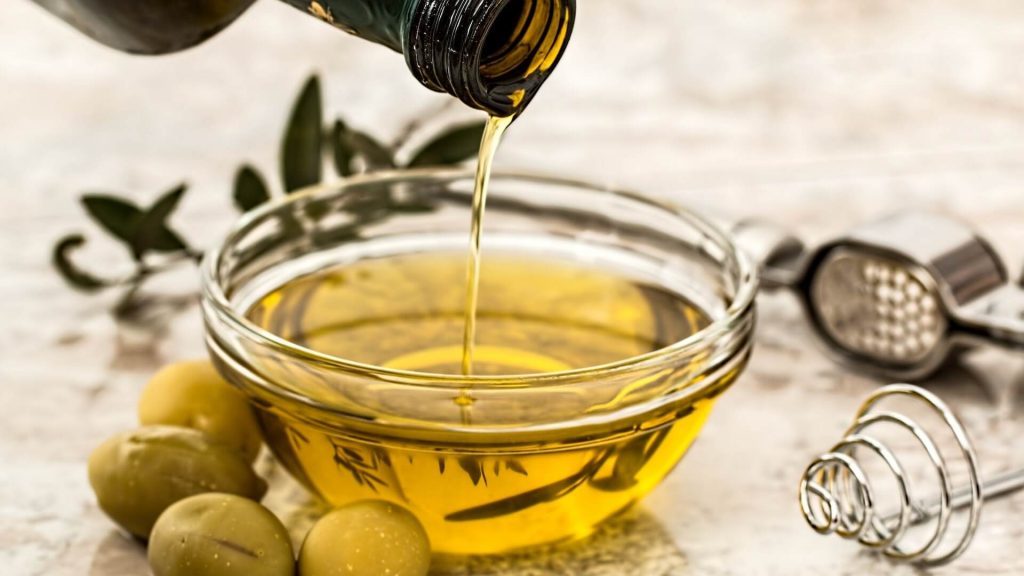
Olive oil plays a significant role in Douro Valley gastronomy, both as a cooking medium and as a condiment. The region’s olive oil is celebrated for its quality and flavor. It’s used to sauté ingredients, drizzle over salads, and dip crusty bread into. The fruity and aromatic notes of Douro Valley olive oil enhance the flavors of many dishes, offering a touch of authenticity. The olive groves that dot the region contribute to a robust and fruity olive oil with a subtle peppery finish. This high-quality oil enhances the flavors of local dishes and people often use it as a finishing touch to highlight the ingredients’ natural tastes.
Cheeses
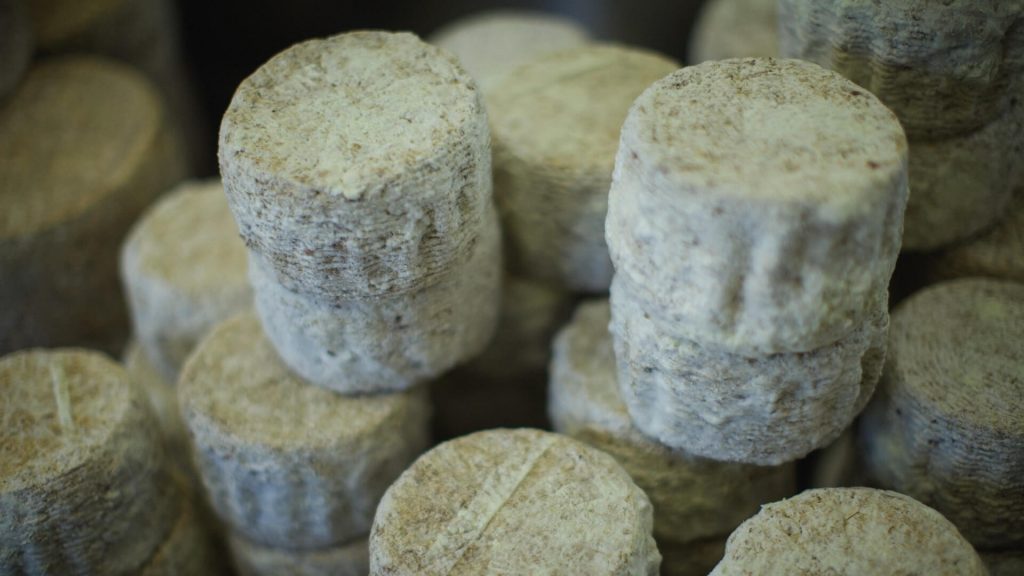
Portugal has a rich tradition of cheese-making, and the Douro Valley showcases some delightful local varieties. “Queijo da Serra” is a sheep’s milk cheese with a semi-soft texture and a bold, earthy flavor. It pairs wonderfully with the region’s wines and makes for an excellent addition to cheese platters. This cheese reflects the pastoral heritage of the region, with its nutty and slightly herbaceous notes, adding depth to the local cuisine. “Queijo de Cabra” is a goat cheese with a creamy texture and a subtle tang. This cheese is often enjoyed as an appetizer or dessert, either alone or accompanied by local preserves. It’s a delightful contrast to the stronger flavors of sheep’s milk cheeses and a testament to the variety in Portuguese cheese.
Desserts
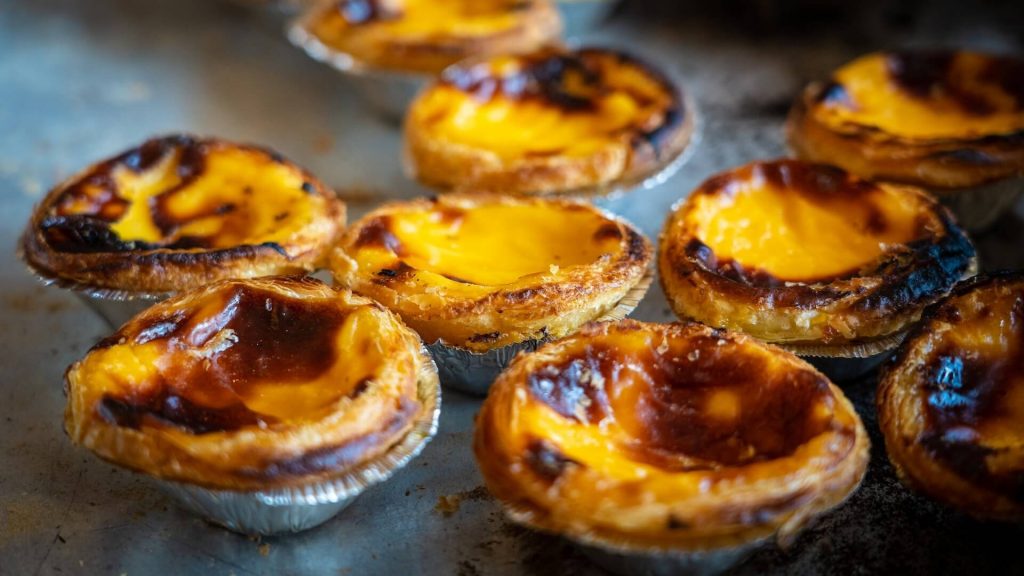
No culinary journey in Portugal is complete without indulging in the country’s sweet treats. “Pastéis de Nata” are a national favorite, but the Douro Valley offers its own array of delectable desserts. “Bolo de Amêndoa,” a moist almond cake, is a local delight, often enjoyed with a cup of coffee or a glass of port wine. Its nutty, sweet flavor is an ode to the region’s bounty. The nutty undertones in the Bolo de Amêndoa are a nod to the almonds that thrive in the region’s soil, and its moist, tender crumb captures the essence of Portuguese baking. “Pão-de-Ló,” a sponge cake, is another dessert that captures the essence of Portuguese sweets. It’s light and airy, with a touch of sweetness that makes it a perfect ending to a sumptuous meal. The Pão-de-Ló is emblematic of the country’s love for uncomplicated, yet incredibly delicious, desserts.
Fruits
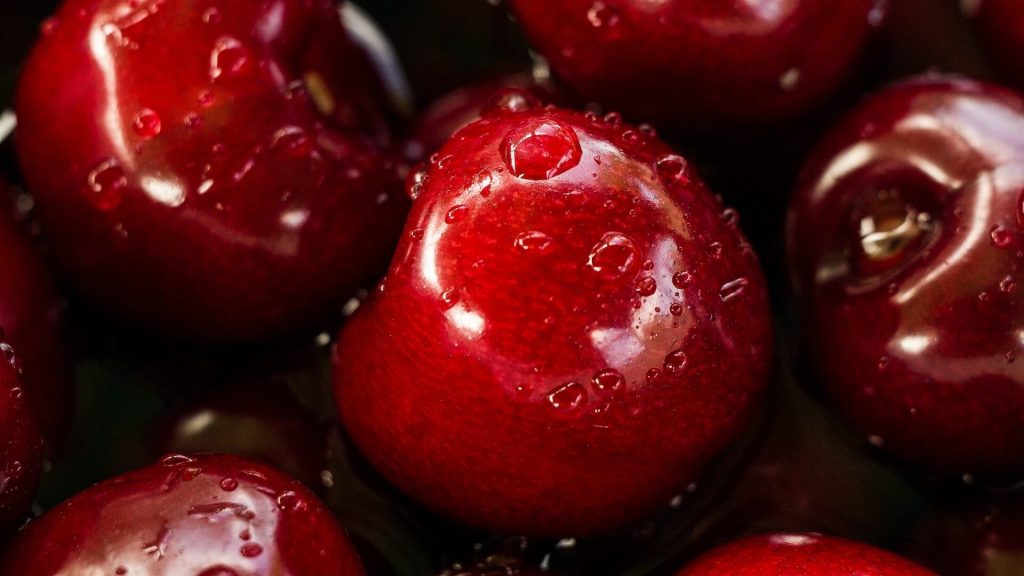
The Douro Valley’s climate is conducive to fruit cultivation, and you’ll find a variety of fruit-based dishes and preserves in the region. People grow oranges and cherries as primary fruits, and they incorporate them into desserts, jams, and liqueurs. A taste of fresh, locally grown fruit in the Douro Valley is a refreshing experience. The region’s oranges, with their vibrant citrus notes, make their way into marmalades and liqueurs that people celebrate for their balance of sweet and tangy flavors. Cherries, on the other hand, are used in a variety of ways, from garnishing dishes to making delicious cherry liqueurs. The versatility of these fruits allows for a delightful array of creations that highlight their natural tastes.
Local Bread
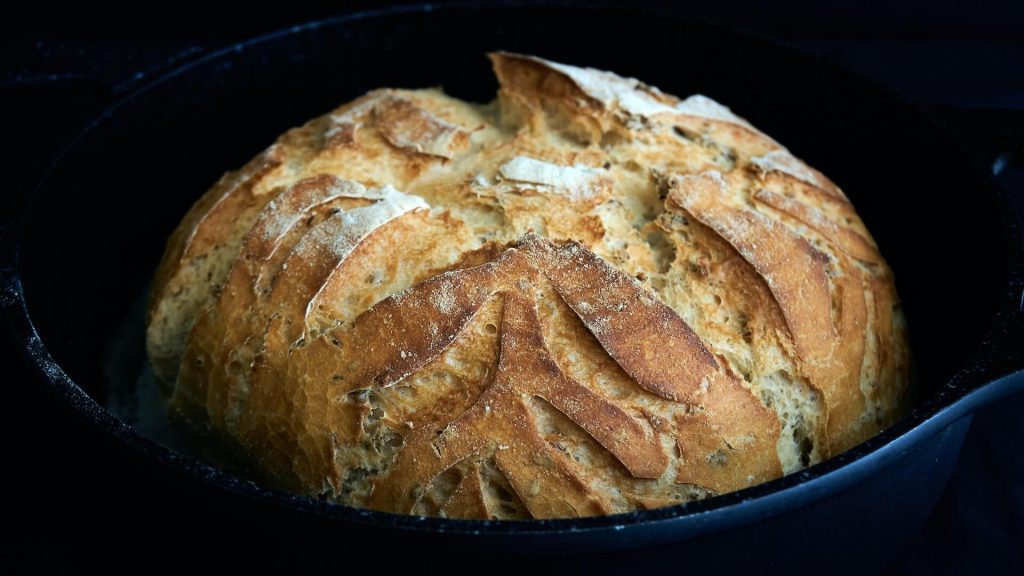
Bread, particularly “Broa,” holds a special place in the hearts of the Portuguese. It’s served with nearly every meal, from breakfast to dinner. “Broa” is a dense, rustic bread made with a mix of corn and wheat flours, often baked in wood-fired ovens. Its hearty texture and slightly sweet flavor make it an ideal companion to stews, cheeses, and a variety of dishes in the Douro Valley. The dense crumb and rustic crust of “Broa” capture the essence of Portuguese bread baking. Its slightly sweet flavor, attributed to the cornmeal used in the recipe, adds a unique character to many dishes.
Wine Pairing

The Douro Valley’s culinary traditions intricately linked with its wines, whether it’s the sweet, fortified Port wine or the region’s exceptional table wines. The flavors of Portugal’s Douro Valley are designed to complement the local wines, creating a harmonious dining experience. The robust, fruity notes of the wines enhance the dishes, and the dishes, in turn, bring out the nuances in the wines. Dining in the Douro Valley is not just a meal; it’s a symphony of tastes and aromas. The terroir of the region, with its unique combination of soil, climate, and grape varieties, contributes to the wines’ distinctive character. Whether enjoying a rich, sweet Port wine with a dessert or a fine Douro table wine with a savory dish, the local wines elevate the dining experience to a new level of culinary pleasure.
Conclusion
The Douro Valley is a region that tantalizes all your senses. While its stunning landscapes and world-class wines are undeniable attractions, its culinary treasures make it an even more alluring destination. From the richness of Bacalhau to the sweetness of Bolo de Amêndoa, the flavors of Portugal’s Douro Valley are an exploration of tradition and taste. Every bite tells a story, and every meal is an invitation to savor the cultural heritage of this remarkable region. So, as you plan your journey to the Douro Valley, prepare to embark on a culinary odyssey that will deepen your appreciation of the art of flavor. Your visit to the Douro Valley will be an unforgettable experience, not just for the breathtaking scenery and world-class wines, but also for the culinary memories you’ll create and savor for a lifetime.

